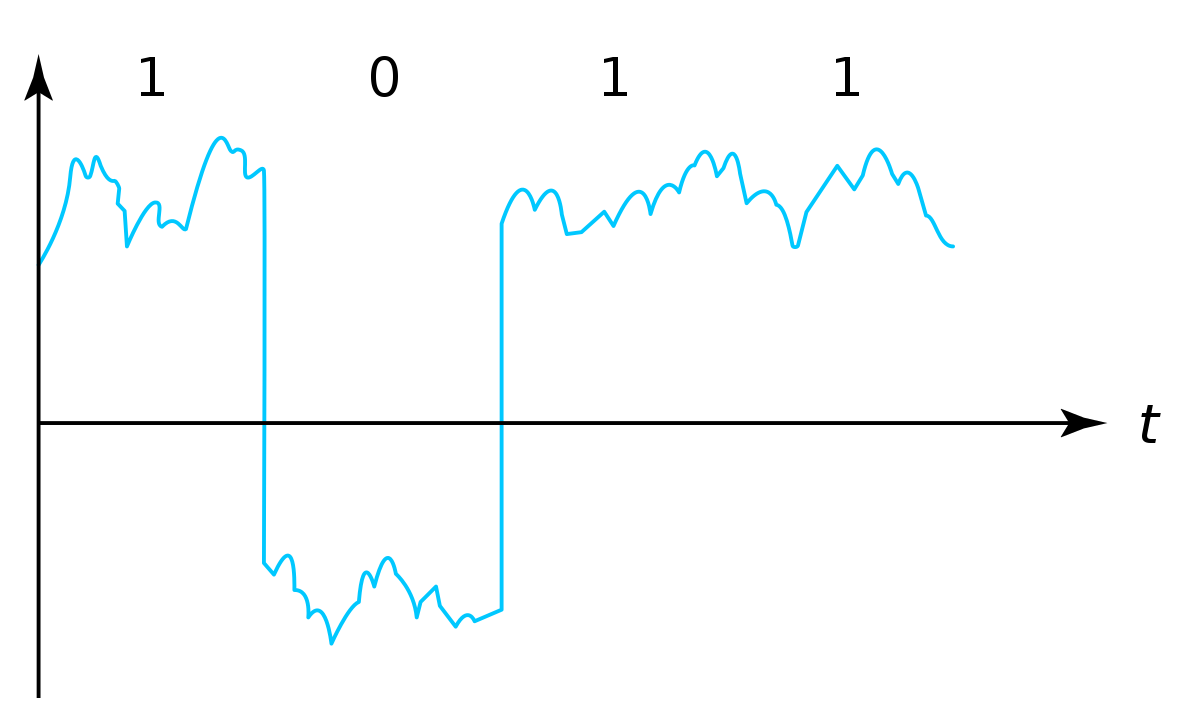What in the World is Digital Signal Processing?
2024-03-18 | By Antonio Velasco
The world of Electrical Engineering, as niche as it might sound, is extremely broad. There are endless possibilities amongst the ever-expanding fields within the major, and thus, specializations that engineers end up focusing on and practicing. One specific specialization offered at my university is Digital Signal Processing--one of the more confusing but oddly interesting specialties to go into. All of the others--semiconductors, circuit design, radio frequency, and communications seem relatively self-explanatory or at least can be visualized, but digital signal processing (DSP) is the main exception that none of us can wrap our head around upon entering university. So, let's get into it!
What is Digital Signal Processing?
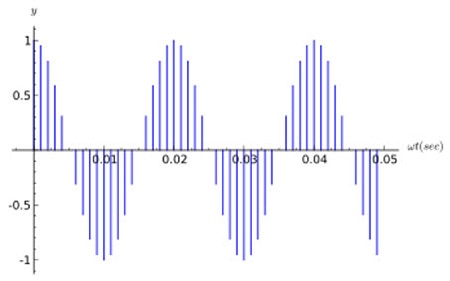
Simply put, Digital Signal Processing (DSP) is essentially a type of signal processing that focuses on manipulating digital signals. This contrasts with analog signals, where the values vary as opposed to 0's/1's.
If you're interested in learning more about Analog vs Digital, check out my blog on the topic here!
DSP is unique in the aspect that we're essentially taking analog signals and transforming them into a digital form that computers can read. As you might already know, computers and components operate with digital inputs, and in order to get them to understand analog outputs, we need to convert them to digital.
One cool example of this is with Arduinos. For example, say that we take a photoresistor that will output an analog value that correlates to the light in an area. In order for the Arduino to interpret this value, the signal created from the photoresistor must be transformed and processed into a digital signal for the microcontroller to read.

This is accomplished using a device called an Analog-to-Digital Converter (ADC). The ADC takes in an analog signal and breaks it down into a digital signal.
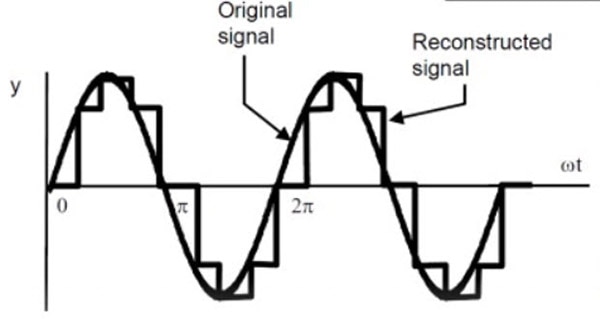
This is done by breaking down the signal into different parts--basically taking positions of the signal at specific times and then turning it into a more "blocky" signal. The more "samples-per-second," or rather times when the value is taken, the more accurate the signal will be. For those of you who are familiar with calculus and integrals, this is similar to the concept where we represent the curve as rectangles that we add up to represent the area under a curve.
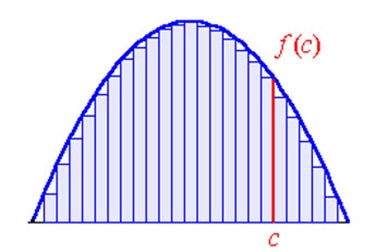
What Do People Do in DSP?
Within DSP, people will work on a multitude of tasks. One concept that is explored often is filtering, in order to make the signal cleaner by removing noise or separating specific components of a signal. This can also be done to enhance specific frequencies or to modify the incoming signal. Another concept is reverting it back into an analog signal coming from the computer/microcontroller which reads signals/processes information in digital. A great deal of math and hardware is involved in optimizing and working with these processors, and thus, there is a lot of work to do.
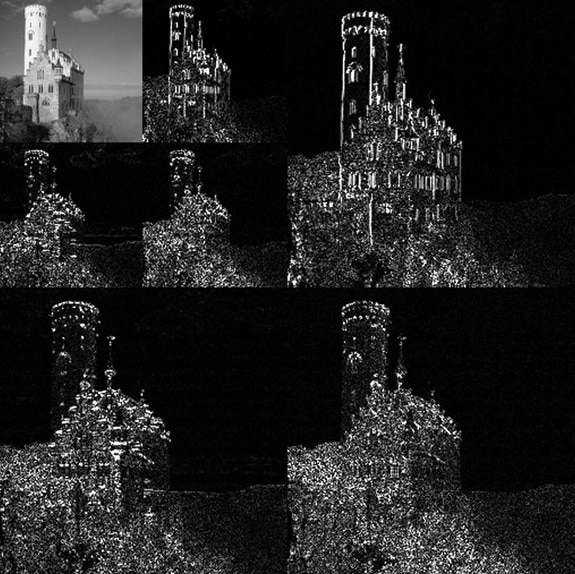
DSP is especially important and useful in communications. For audio, video, speech recognition, radar, and much much more, DSP is an important cornerstone that enables us to visualize the data that we're working with and communicate effectively without loss or corruption.
DSP is offered with the likes of electronic circuit design and semiconductors because it is as important, if not more crucial in today's age, for electrical engineering and making sure that our devices work with each other. Efficiency and accurate communication are paramount, and if you love a lot of math and software, then DSP is right up your alley!





